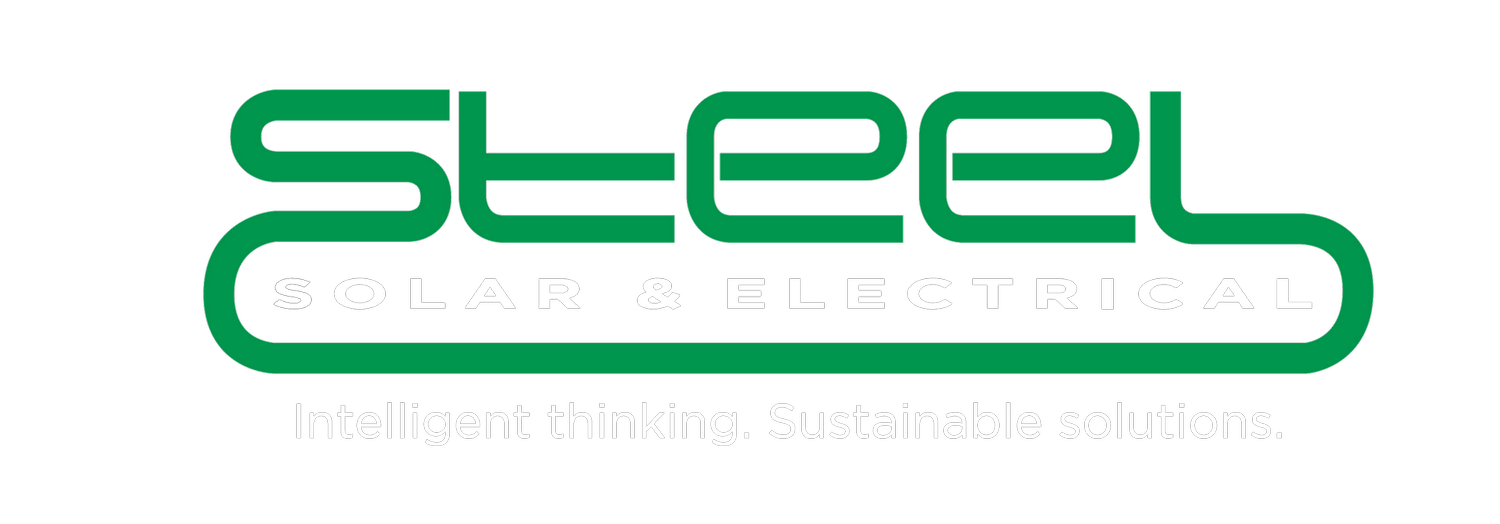Ever wondered if you could turn your solar power system into a source of income?
Ever wondered if you could turn your solar power system into a source of income?
In New Zealand, homeowners and businesses with grid-tied solar setups often have the opportunity to export surplus electricity back to the grid. In this blog, we’ll explore how selling power back to the grid works, what you can earn, and whether it’s ultimately worth it.
How Does Selling Power Back to the Grid Work?
When your solar panels produce more electricity than you use, the excess can be fed into the local electricity grid. This process is typically facilitated by a feed-in tariff (FIT) or buyback scheme offered by electricity retailers. Here’s how it works:
Your inverter converts solar-generated direct current (DC) into alternating current (AC), which is usable by your home or business.
Any excess AC power flows out through your smart meter and into the grid.
Your electricity retailer tracks how much surplus energy you export and compensates you according to their buyback rate or feed-in tariff.
This arrangement allows you to offset some or even all of your remaining electricity costs, especially if your solar system is sized appropriately for your consumption needs.
Is It Possible to Sell Power Back to the Grid in New Zealand?
Yes, it is. However, the specifics of selling power back to the grid in New Zealand depend on:
Retailer Buyback Schemes: Many electricity retailers—such as Meridian, Contact Energy, and Genesis—offer programs where they’ll buy your excess solar power.
Feed-In Tariffs: Unlike some countries where government-mandated FITs are common, New Zealand largely relies on retailer-specific buyback rates.
Eligibility Requirements: Typically, you need a grid-tied solar system and a compatible smart meter to measure exports accurately.
Before you commit, it’s a good idea to compare different retailers’ buyback rates and terms to ensure you’re getting the best possible deal.
How Much Can You Earn?
Electricity retailers in New Zealand offer varying rates for the surplus electricity they purchase, often listed in cents per kilowatt-hour (kWh). These rates can change over time, so it’s important to check with your chosen retailer.
Factors Influencing Earnings
Amount of Excess Power: How much surplus you generate depends on your system size, daytime consumption habits, and seasonal sunlight variations.
Buyback Rate: The higher the rate, the more you’ll earn for each kWh exported. Some retailers offer competitive rates, while others might be lower.
Real-Life Example
Let’s say you have a 10-panel solar system that generates about 10–12 kWh per day. If you use 6 kWh on average in daylight hours, you might export around 4–6 kWh daily. With a buyback rate of 8–10 cents per kWh, that could add up to a modest monthly credit on your electricity bill.
Steps to Start Selling Power Back to the Grid
Install a Grid-Tied Solar Power System: Make sure your inverter is compliant with local regulations and compatible with grid export requirements.
Check Your Electricity Retailer’s Buyback Program: Research different providers and compare their rates, contract terms, and any additional fees.
Ensure You Have a Smart Meter: A smart meter is crucial for accurately measuring both import and export of electricity.
Sign a Buyback Agreement: Once you’ve chosen your retailer, enroll in their buyback program so you can start receiving credits or payments for your surplus power.
And if you need any help with any of these stages, we are here to help!
Benefits of Selling Power Back to the Grid
Further Reduces Your Electricity Bill: Every kWh exported offsets what you import from the grid, leading to lower monthly costs.
Makes Your Solar Investment More Rewarding: Over time, these credits can help accelerate the payback period for your solar system.
Supports Renewable Energy Adoption: By supplying clean energy to the grid, you contribute to the broader community’s shift toward renewables.
Alternatives to Selling Power Back to the Grid
Battery Storage: Instead of exporting excess power, store it for later use (e.g., at night or during peak demand times).
Energy Efficiency Upgrades: Reducing overall consumption can also improve your solar ROI—insulation, LED lighting, and efficient appliances are great places to start.
Conclusion: Is Selling Power Back to the Grid Worth It in NZ?
Yes, you can sell power back to the grid in New Zealand, but the profitability depends on the buyback rates, your solar system’s size, and your energy consumption habits.
While it might not be a massive revenue stream, it can still help reduce (or even eliminate) your electricity bill over time.
If you’re considering this route, be sure to compare buyback rates and contract terms from different retailers.
A well-sized, well-installed solar system paired with the right buyback scheme could make a noticeable dent in your energy costs while supporting a cleaner, greener future.
Ready to start earning credits for your surplus solar power?
Contact us today to discuss the right system size, installation requirements, and optimal buyback programs for your home or business.
